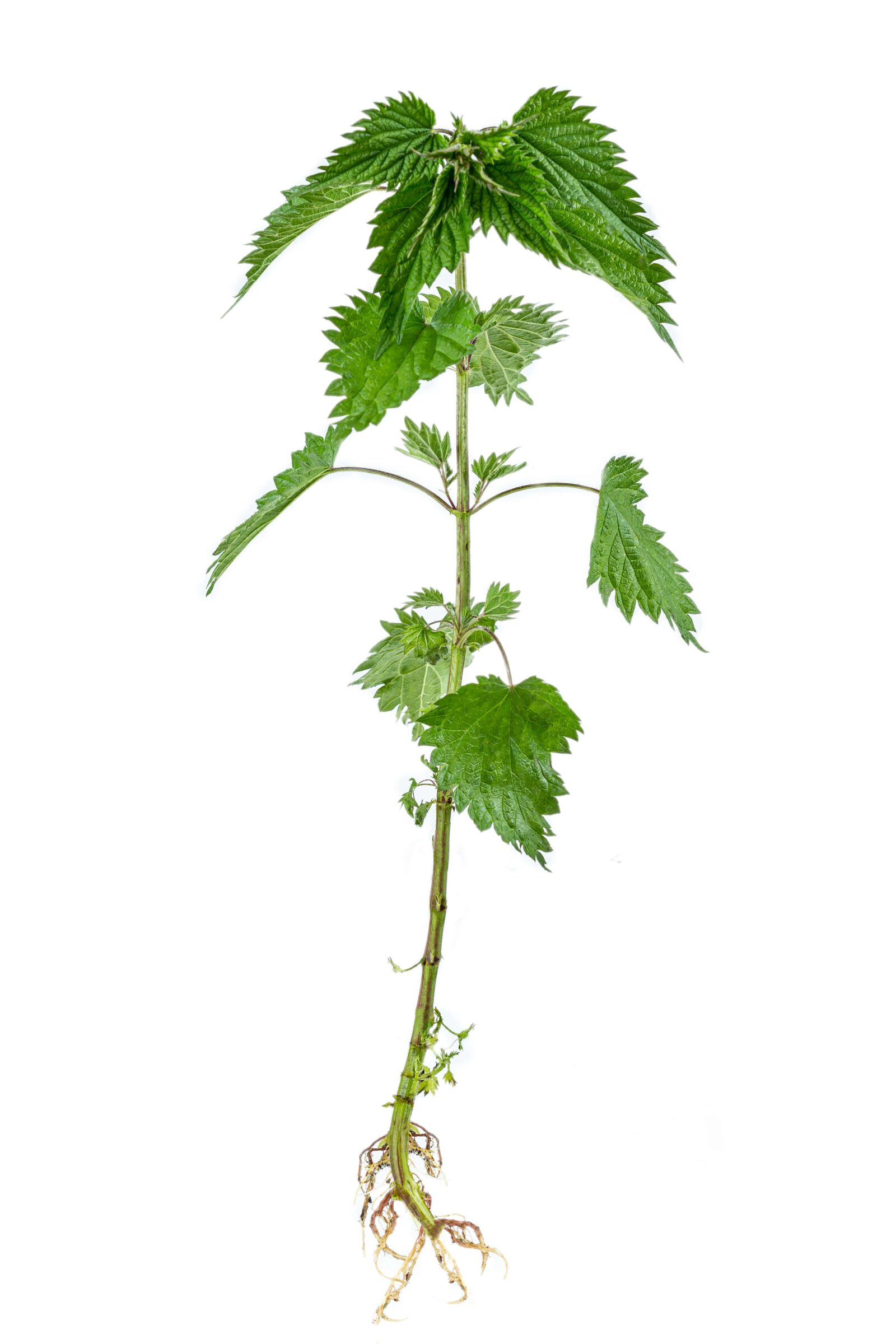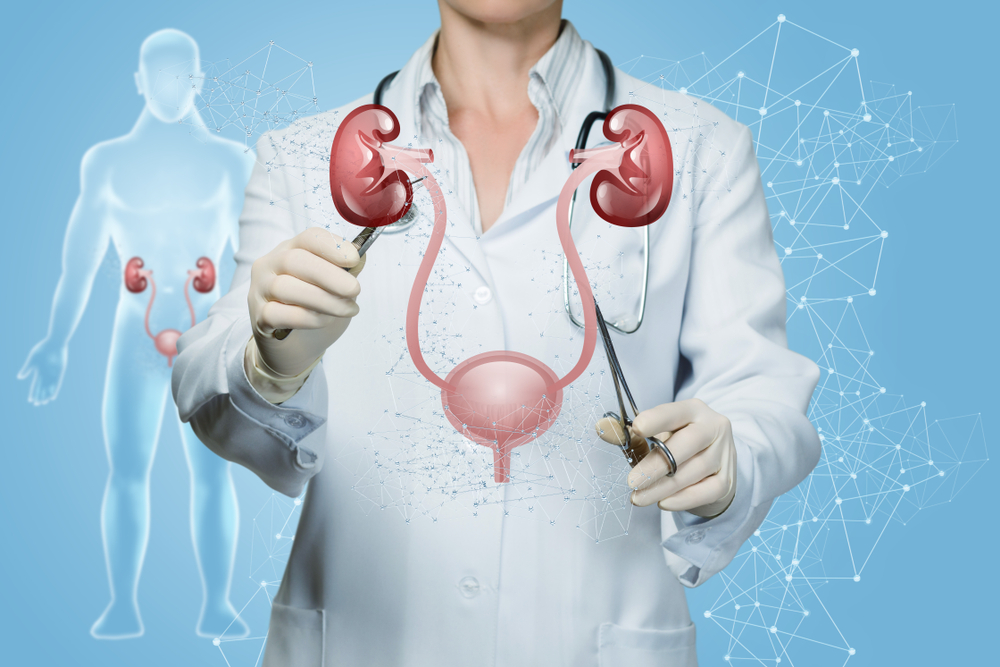Benign prostatic hyperplasia (BPH), also known as prostate enlargement, is a common condition that affects men as they age. It occurs when the prostate gland, which is located below the bladder and surrounds the urethra, grows larger, causing a range of symptoms that can significantly impact a man’s quality of life. While there are various treatment options available for BPH, many men seek natural remedies to manage their symptoms. In this blog, we’ll explore some natural remedies for BPH symptoms and discuss what works and what doesn’t.
Common BPH Symptoms
Before diving into natural remedies, let’s review the most common symptoms of BPH. These include:
- Urinary frequency: needing to urinate more often than usual, especially at night.
- Nocturia: waking up in the middle of the night to urinate.
- Weak urine stream: having difficulty starting or maintaining a strong urine flow.
- Incomplete bladder emptying: feeling like there’s still urine left in the bladder after urinating.
- Pain or burning during urination: discomfort or pain during urination.
Natural Remedies for BPH
There is debatable evidence on the effectiveness of natural remedies for the treatment of BPH symptoms. Before trying natural remedies, it is important to note three things:
- The American Urological Association currently does not recommend any herbal remedies for the treatment of BPH
- The US Food and Drug Administration (FDA) does not regulate the quality of purity of herbal supplements
- Some herbal treatments can interact with prescription medications

With that being said, there are some natural remedies that may help in managing BPH symptoms:
- Saw Palmetto: This herbal supplement has anti-inflammatory and hormone-blocking properties that may help reduce urinary symptoms. Side effects can include stomach and headache.
- Pygeum: Extracted from the bark of an African plum tree, Pygeum may help empty the bladder and improve urinary flow. Side effects can include stomach and headache.
- Stinging nettle root: Stinging nettle root may help with decreasing urinary urgency, urinary frequency, and nocturia. Side effects can include stomach ache and skin rash.
- Beta-sitosterol: This plant-based fat may improve urinary symptoms and urinary flow in men with BPH.
- Rye grass pollen extract: Made from the pollen of rye grass timothy, and corn, this extract may help reduce urinary symptoms.
- Lifestyle changes: Changes such as losing weight, reducing caffeine and alcohol intake, and exercising regularly can also improve urinary symptoms.
Natural Remedies That Don’t Work for BPH
While some natural remedies may be effective, others have been shown to have little to no benefit in managing BPH symptoms. These include:
- Zinc supplements: While zinc is important for prostate health, studies have not shown that taking zinc supplements can improve BPH symptoms. In fact, too much zinc may increase the risk of prostate cancer.
- Vitamin E supplements: Some studies have suggested that vitamin E supplements may be beneficial for prostate health, but overall evidence is not strong enough to support this claim.
- Cranberry juice: Cranberry juice may be helpful in preventing urinary tract infections, but it has not been shown to improve BPH symptoms.
- Cernilton (flower pollen extract): While some studies have shown that cernilton can improve urinary symptoms in men with BPH, overall evidence is not strong enough to support its use.
- Garlic supplements: While garlic may have some health benefits, there is no evidence to suggest that it can improve BPH symptoms.
Treatments for BPH
There are several treatments available for BPH, ranging from lifestyle changes to medical interventions. The safety of these treatments depends on various factors, including the severity of the BPH symptoms, the overall health of the patient, and any underlying medical conditions. It’s important to consult with a healthcare professional to determine the best treatment plan for your individual needs.
Lifestyle changes are often the first line of treatment for mild to moderate BPH symptoms. These may include reducing caffeine and alcohol intake, avoiding fluids before bedtime, and exercising regularly. These lifestyle changes are generally safe and have few side effects.
For more severe BPH symptoms, medical interventions may be necessary. The most common medical treatments for BPH include:
- Medications: There are several medications available to treat BPH, including alpha-blockers and 5-alpha-reductase inhibitors. These medications can be effective in reducing urinary symptoms but may have side effects such as dizziness, low blood pressure, and sexual dysfunction.
- Minimally invasive procedures: Procedures such as transurethral resection of the prostate (TURP) and laser therapy can remove or shrink the prostate gland, improving urinary symptoms. These procedures are generally safe but can have side effects such as bleeding, infection, and incontinence.
- Surgery: In some cases, surgery may be necessary to remove the prostate gland. While surgery can be effective in treating BPH symptoms, it is more invasive and carries more risks than other treatments.
It’s important to discuss the potential risks and benefits of each treatment option with your healthcare provider to determine the best course of action for your individual needs.
Minimally-Invasive Treatments for BPH
Minimally-invasive treatments are highly popular in the treatment of BPH because they generally produce better results for moderate to severe symptoms than medication alone, but have less risks and recovery when compared to surgery. There are several minimally invasive treatments available for BPH that can improve urinary symptoms without the need for surgery. These treatments are generally safe and effective, with fewer risks and side effects than more invasive surgical procedures.
Some common minimally invasive treatments for BPH include:
- Transurethral microwave therapy (TUMT): This procedure uses microwave energy to heat and destroy prostate tissue, reducing the size of the gland and improving urinary symptoms. TUMT is usually performed on an outpatient basis and has fewer side effects than surgery.
- Transurethral needle ablation (TUNA): This procedure uses radiofrequency waves to heat and destroy prostate tissue, reducing the size of the gland and improving urinary symptoms. TUNA is usually performed on an outpatient basis and has fewer side effects than surgery.
- Prostatic urethral lift (PUL): This procedure involves inserting small implants into the prostate gland to lift and hold the tissue away from the urethra, improving urinary flow. PUL is usually performed on an outpatient basis and has fewer side effects than surgery.
- Water vapor therapy (Rezum): This procedure uses steam to destroy prostate tissue, reducing the size of the gland and improving urinary symptoms. Rezum is usually performed on an outpatient basis and has fewer side effects than surgery.
It’s important to note that not all minimally invasive treatments are suitable for every patient, and the best treatment option will depend on the individual’s specific case. It’s important to discuss the potential risks and benefits of each treatment option with your healthcare provider to determine the best course of action for your individual needs.
In Conclusion
Natural remedies can be an effective way to manage BPH symptoms, but it’s important to consult with a healthcare professional before starting any new treatment plan. In some cases, lifestyle changes, medications, minimally-invasive treatments, or surgery may be a better option. Finding the right treatment plan for your individual needs is key, and may involve a combination of natural remedies, lifestyle changes, and medical treatments. By taking an active role in managing your BPH symptoms, you can improve your quality of life and enjoy better overall health.













